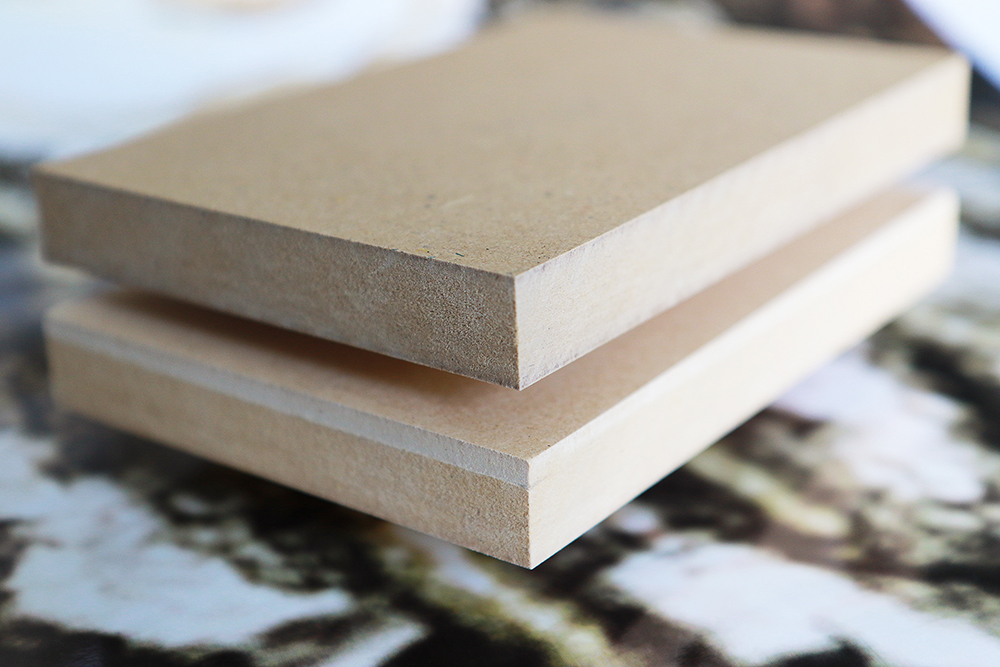Press release
Beet pulp for new materials
During German sugar production, large quantities of sugar beet pulp are produced as a by-product. Can composite materials be created from this? This question was examined by the Fraunhofer Institutes WKI and UMSICHT in a joint research project with partners from industry and agriculture. They discovered that beet pulp can be utilized, for example, for easily degradable mulch films or medium and high-density wood-fiber boards with reduced adhesive content.
In the project, the researchers pursued the goal of introducing beet pulp into higher-value applications beyond the energy and animal-fodder markets. During the beet harvest and processing, the major German sugar manufacturers alone produce beet pulp in the seven-digit tonne range. This so-called pressed pulp is currently marketed regionally as dairy-cattle feed or biogas substrate.
Beet pulp can be produced in an energy and resource-efficient manner, as sugar refineries use cogeneration to create energy and the waste heat is used very efficiently as an energy source. Sugar beet pulp, however, has a different composition from common plant fibers or agricultural products such as wood: cellulose, hemicellulose and pectins are present in similar proportions, whilst lignin is present only in small quantities. The scientists at the Fraunhofer WKI were therefore faced with the challenge of testing a new processing method
“We carried out trials at the refiner during which the optimum pulping conditions for the beet pulp were determined. As the refiner is normally used for wood pulping, this was uncharted territory for us,” explains Dr. Arne Schirp, Project Manager at the Fraunhofer WKI. The scientists succeeded in producing medium and high-density wood-fiber boards (MDF and HDF), with a mixing ratio of 15 percent beet pellets and 85 percent spruce chips and with one adhesive. Due to the adhesive strength of the beet-pulp proportion, glue could be saved and wood could also be substituted.
Together with the team around Dr. Rodion Kopitzky from the Fraunhofer UMSICHT, the researchers developed mulch films with a beet-pulp content using blown film and pressing procedures. Mulch films can be used for asparagus fields, for example. Through the composition of the materials, a natural degradability results, which has advantages in outdoor use. “We have found that the addition of beet particles seems to accelerate the degradation of PLA. It would be exciting to investigate this effect further,” says Sengül Tolga from the Fraunhofer UMSICHT. Dr. Schirp adds: “It would be auspicious to design composite materials containing beet particles with specific regard to their degradability – for example for tree-protector sleeves or growth mats.”
The project was supported by the State of North Rhine-Westphalia with funds from the European Regional Development Fund (ERDF) 2014-2020 “Investments in Growth and Employment” via Project Management Jülich.
Last modified:
 Fraunhofer Institute for Wood Research
Fraunhofer Institute for Wood Research 